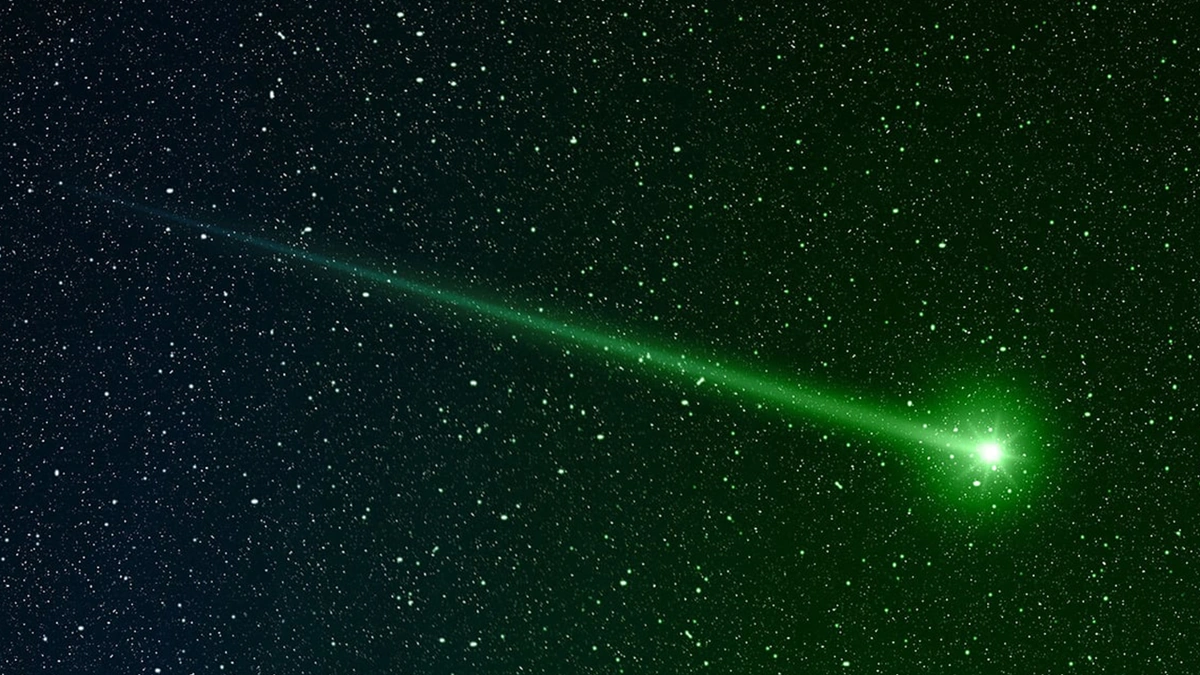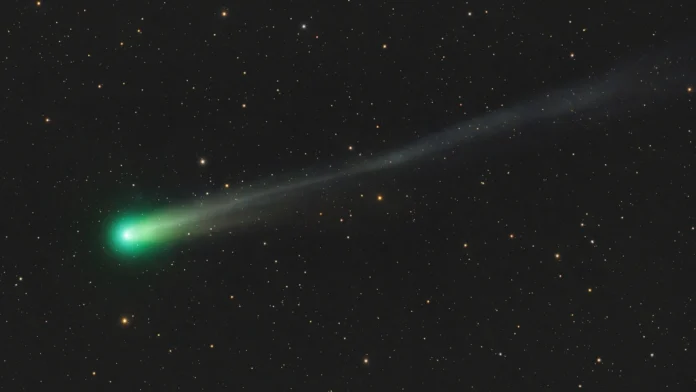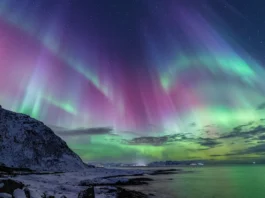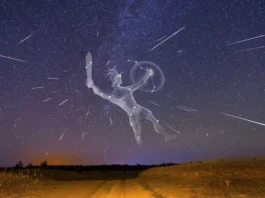Have you ever looked up at the night sky and felt a sense of wonder? Well, get ready to experience that feeling tenfold because something truly spectacular is happening above us! Two green comets are currently gracing our skies, and if you know where to look, you can witness this celestial phenomenon for yourself. Here’s the thing: comets aren’t always green, and seeing two at once? That’s a rare treat. So, let’s dive into why these comets are green, how you can spot them, and why this is an event you absolutely don’t want to miss.
Why Are These Comets Green?

Okay, let’s get down to the science. What gives these comets their vibrant green hue? The answer lies in their composition and how they react to sunlight. Comets are essentially dirty snowballs made up of ice, dust, and gas. When a comet gets close to the Sun, the ice vaporizes, releasing gases. One of these gases is diatomic carbon (C2). When sunlight interacts with diatomic carbon, it glows green. I initially thought this was a simple reflection, but then I realized it’s more like a neon sign in space! According to NASA , this phenomenon is relatively common in comets, but the intensity of the green glow can vary greatly. The brightness depends on the comet’s composition and its proximity to the sun. Other factors such as cometary dust and solar activity play a role in visibility.
How to Spot These Green Wonders
Alright, time for the practical stuff. You’re excited, I’m excited, but how do we actually see these cosmic visitors ? First, you’ll need to find a location with dark skies, away from city lights. Light pollution is the enemy here. Let’s be honest, trying to spot a faint comet in the middle of Delhi is going to be tough. Second, timing is key. Check astronomy websites or apps (like Star Walk 2 or SkyView Lite) for the comets’ current positions. These apps use your location to pinpoint exactly where to look. The best time to view comets is usually after sunset or before sunrise. Third, use binoculars or a telescope. While the brighter of the two comets may be visible with the naked eye under perfect conditions, binoculars will greatly enhance your chances. A common mistake I see people make is using too much magnification – start with low power to find the comet, then gradually increase magnification if needed. A telescope’s aperture will provide a clearer view.
The Emotional Connection | Stargazing in India
That moment when you finally spot that faint, green glow through your binoculars…it’s magical, isn’t it? Stargazing in India has a rich history. From ancient astronomers to modern-day enthusiasts, the night sky has always held a special place in our hearts. Think about it: our ancestors used the stars for navigation, agriculture, and even predicting the future. Connecting with the cosmos is connecting with our past. And, let’s be honest, in today’s fast-paced world, taking a moment to simply look up and appreciate the universe is a welcome escape. It’s a way to disconnect from our daily lives and reconnect with something far greater than ourselves. The experience can be enhanced by understanding how celestial objects move across the sky.
Understanding Cometary Orbits
So, these comets are visiting us – but where are they coming from, and where are they going? Comets follow elliptical orbits around the Sun. Some comets, like Halley’s Comet, have relatively short orbital periods (around 75 years). Others have extremely long periods, taking thousands or even millions of years to complete a single orbit. These two green comets likely originated from the Oort cloud, a vast, icy region at the edge of our solar system. As per the guidelines mentioned in the information bulletin , gravitational disturbances can nudge these comets towards the Sun. When they approach the Sun, they become visible to us. But, and this is important, their orbits are constantly changing due to gravitational interactions with planets, so predicting their exact path is tricky. It’s best to keep checking the official portal for updated information on comet trajectories .
Why This Matters | Beyond the Pretty Lights
Okay, so we’ve established that these comets are beautiful and scientifically interesting. But why does it matter? Well, comets are remnants from the early solar system, offering clues about its formation and evolution. Studying their composition can tell us about the conditions that existed billions of years ago. Moreover, some scientists believe that comets may have delivered water and organic molecules to Earth, potentially playing a role in the origin of life. What fascinates me is that we are literally looking at pieces of the past, frozen in time and space. It also serves as a potent reminder that our planet is just one small part of a vast and dynamic universe. And let’s be real, that perspective can be pretty humbling. Additionally, tracking near-Earth objects , including comets, is essential for planetary defense.
FAQ About Spotting Green Comets
What if I can’t find a dark sky location?
Try using a light pollution map (available online) to find the darkest spot closest to you. Even a slight reduction in light pollution can make a difference.
What’s the best time to view the comets?
Check astronomy apps or websites for the most up-to-date information. The best viewing time usually depends on the comet’s position relative to the Sun.
Do I need expensive equipment?
Not necessarily. Binoculars are a great starting point. If you get hooked, you can always upgrade to a telescope later.
What if the weather is cloudy?
Unfortunately, cloudy skies will block your view. Keep an eye on the forecast and try again on a clear night.
So, there you have it. Two green comets lighting up the sky, a chance to connect with the cosmos, and a reminder of the wonders that exist beyond our everyday lives. Don’t miss this opportunity to witness a truly remarkable celestial event. Grab your binoculars, find a dark sky, and prepare to be amazed. And remember, the universe is full of surprises – keep looking up!




